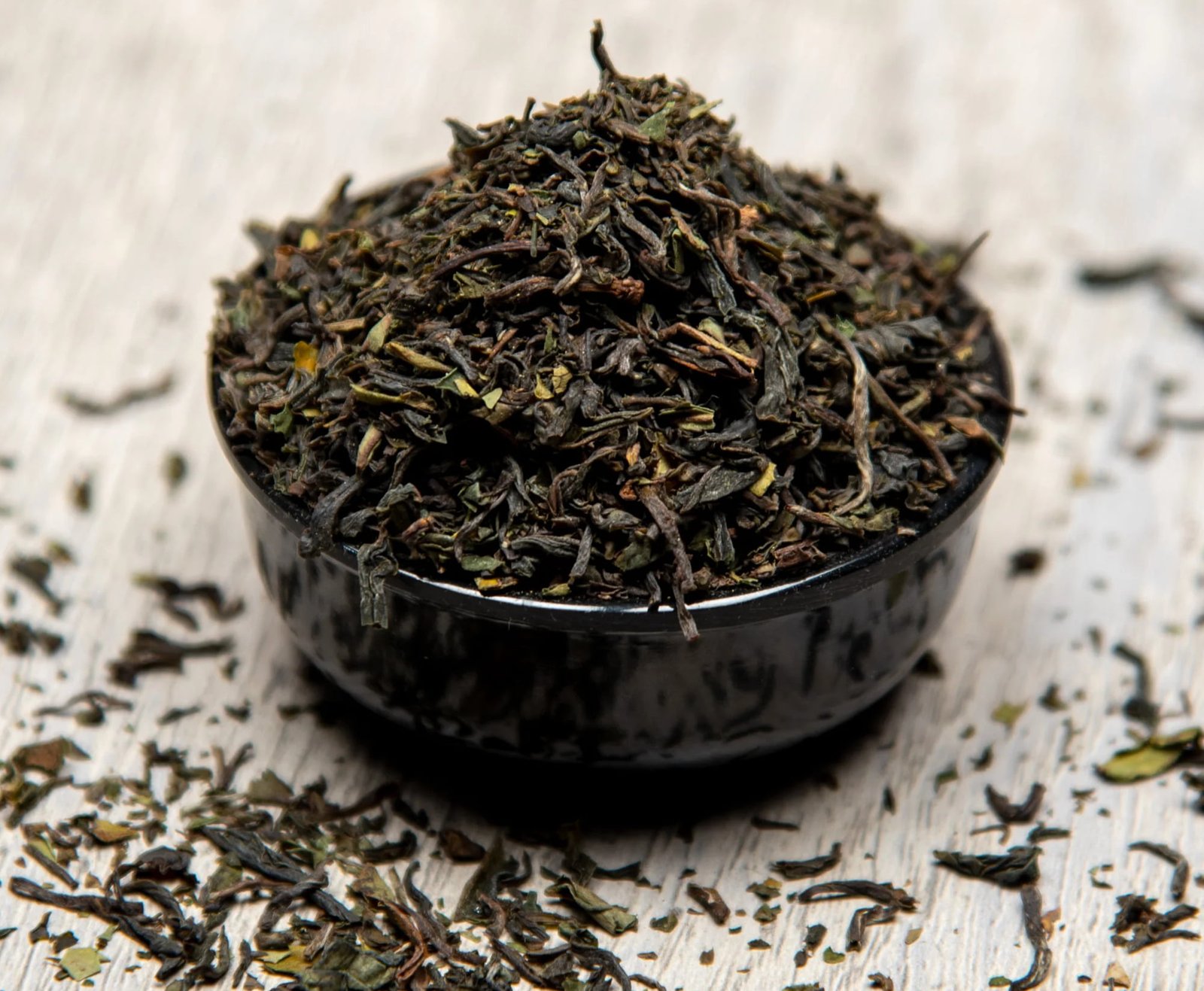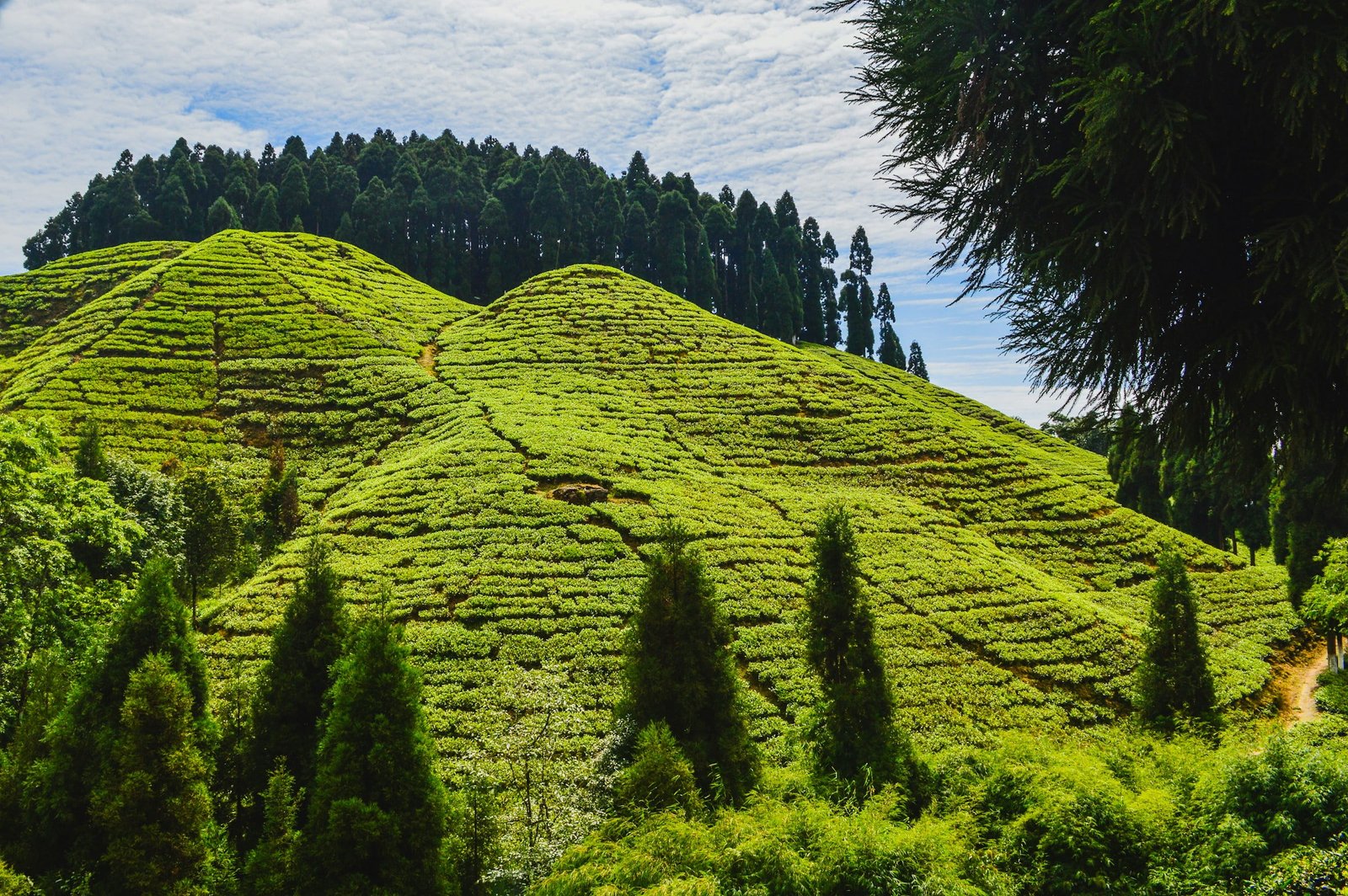Exploring the Diverse Types and Grades of Darjeeling Tea: A Guide to Their Distinct Flavors and Characters
Darjeeling tea, often referred to as the “Champagne of Teas,” is celebrated worldwide for its unique and complex flavors. Nestled in the foothills of the Eastern Himalayas, the tea gardens of Darjeeling produce a variety of teas that are as diverse as the region itself. Each type of Darjeeling tea has its own distinct flavor and character, influenced by factors such as altitude, climate, and processing techniques. In this article, we will explore the different types and grades of Darjeeling tea, highlighting their unique qualities that make them sought after by tea enthusiasts.
The Different Types of Darjeeling Tea
Darjeeling tea is available in several varieties, including black, green, white, and oolong teas. Each type is processed differently, resulting in a range of flavors that cater to diverse palates. Whether you prefer a robust black tea, a delicate white tea, or a refreshing green tea, Darjeeling offers something special for every tea lover.
Darjeeling Black Tea
Darjeeling black tea is the most famous and widely consumed type of tea from the region. Known for its light body, golden or amber color, and complex flavor profile, Darjeeling black tea is often described as having a muscatel taste, with floral and fruity notes that distinguish it from other black teas.
There are two main flushes of Darjeeling black tea:
- First Flush Darjeeling Black Tea: Harvested in early spring, this tea produces a light, aromatic brew with a slightly astringent flavor and a bright, golden liquor. Often considered the most prized and delicate of all Darjeeling teas, it is highly valued by connoisseurs.
- Second Flush Darjeeling Black Tea: Collected in early summer, this flush is known for its fuller body and richer flavor. The tea has a darker color and a characteristic muscatel flavor, often compared to ripe grapes, making it a favorite among those who enjoy a more robust tea.
Darjeeling Green Tea
Darjeeling green tea is less oxidized than black tea, which helps retain more of the tea’s natural antioxidants. This type of tea is known for its fresh, grassy flavor and light green color. It offers a slightly sweet and vegetal taste, with a hint of astringency that makes it refreshing and invigorating. Valued for its health benefits, Darjeeling green tea is a popular choice for those looking to enjoy a lighter, more delicate brew.
Darjeeling White Tea
Darjeeling white tea is the least processed of all Darjeeling teas, made from the young, tender leaves and unopened buds of the tea plant. This tea is known for its subtle flavor, pale color, and delicate aroma. The flavor of Darjeeling white tea is light, sweet, and floral, with a silky texture that is often described as ethereal. Because it undergoes minimal processing, white tea retains a higher concentration of polyphenols, making it one of the healthiest options among teas.
Darjeeling Oolong Tea
Darjeeling oolong tea is partially oxidized, placing it somewhere between black and green tea in terms of flavor and color. It is known for its complex, layered flavor that combines the richness of black tea with the freshness of green tea. Darjeeling oolong tea has a distinctive taste, with notes of fruit, flowers, and spices. The oxidation level can vary, resulting in different flavor profiles ranging from light and floral to dark and robust, offering a unique experience in every cup.
The Grades of Darjeeling Tea
The quality of Darjeeling tea is often categorized by grades, which are determined by the size, appearance, and quality of the tea leaves after processing. These grades help to classify the tea and are important indicators of the tea’s overall quality and flavor profile.
Whole Leaf Grades
- SFTGFOP (Super Fine Tippy Golden Flowery Orange Pekoe): This is the highest grade of Darjeeling tea, consisting of the finest, youngest, and most tender leaves with a significant proportion of golden tips. SFTGFOP teas are known for their superior flavor, aroma, and appearance.
- FTGFOP (Fine Tippy Golden Flowery Orange Pekoe): Slightly lower than SFTGFOP, this grade still offers excellent quality with a good proportion of tips and a fine leaf structure.
- TGFOP (Tippy Golden Flowery Orange Pekoe): This grade includes fine leaves with a notable presence of tips. It offers a balanced flavor with a lighter body compared to higher grades.
Broken Leaf Grades
- FTGBOP (Fine Tippy Golden Broken Orange Pekoe): This is a high-quality broken leaf grade that includes a good number of tips. It is known for its strong flavor and is often used in blends.
- GBOP (Golden Broken Orange Pekoe): A slightly lower grade, GBOP contains broken leaves with fewer tips but still offers a good flavor profile.
Fannings and Dust Grades
- BOPF (Broken Orange Pekoe Fannings): This grade consists of smaller broken leaf particles and is typically used in tea bags. It brews quickly and offers a robust flavor.
- Dust: The finest particles from the tea processing, dust grade teas brew very quickly and produce a strong, brisk flavor. They are commonly used in commercial tea bags.
The Role of Terroir in Darjeeling Tea Flavors
The unique terroir of Darjeeling plays a crucial role in the flavor and character of its teas. The high altitude, cool climate, and well-drained soil create ideal conditions for tea cultivation. The tea plants grow slowly, allowing the leaves to develop complex flavors that are further enhanced by the region’s misty mornings and sunny afternoons. Each tea garden in Darjeeling has its own microclimate, contributing to the distinct taste of the tea produced there.
The Art of Tea Processing
The processing method of Darjeeling tea is an art form that requires skill and precision. The leaves are carefully plucked by hand and then processed according to the type of tea being produced. For black tea, the leaves are withered, rolled, oxidized, and dried to achieve the desired flavor and color. Green and white teas undergo less oxidation, preserving their fresh, delicate flavors. Oolong tea is partially oxidized, giving it a unique flavor that is both rich and refreshing.
Pairing Darjeeling Tea with Food
Darjeeling tea pairs wonderfully with a variety of foods, enhancing the dining experience. The light, floral notes of Darjeeling black tea complement delicate dishes like fish, salads, and pastries. Green tea’s fresh, grassy flavor pairs well with sushi, steamed vegetables, and light snacks. White tea’s subtle sweetness makes it a perfect match for fruits, light desserts, and mild cheeses. Oolong tea’s complex flavor is ideal for pairing with spicier dishes, rich desserts, and roasted meats.
Discovering the World of Darjeeling Tea
The diverse types and grades of Darjeeling tea offer a range of flavors and experiences for tea lovers to explore. Whether you prefer the light and delicate first flush black tea, the refreshing green tea, the subtle white tea, or the complex oolong tea, Darjeeling has something to offer every palate. Understanding the grades of Darjeeling tea can also help you select the right tea for your taste preferences, ensuring a truly satisfying experience. The unique terroir, traditional processing methods, and the art of tea-making make Darjeeling tea a true gem in the world of fine teas.


